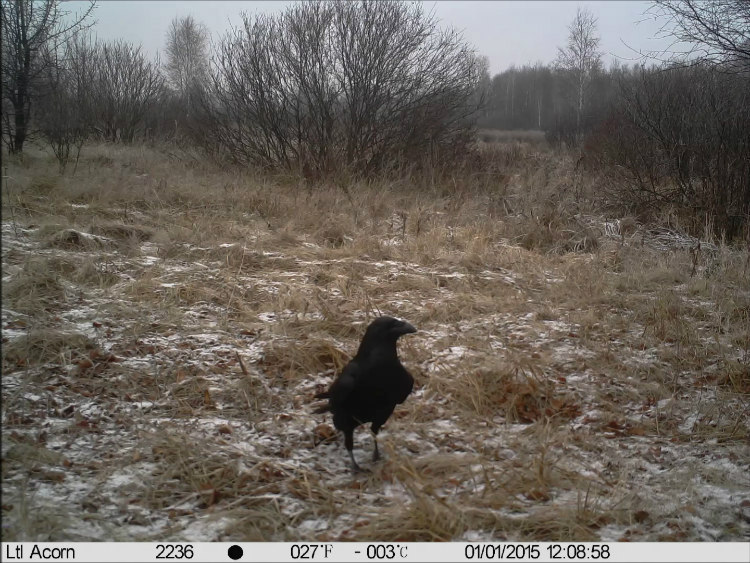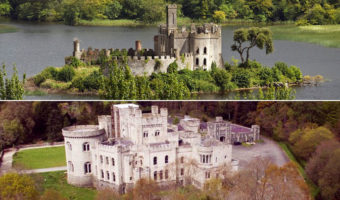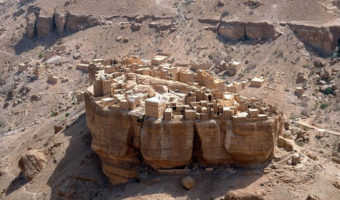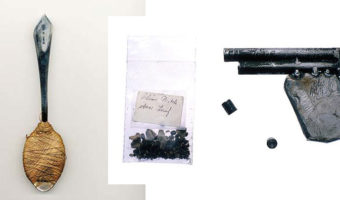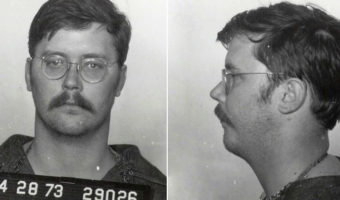The Flourishing Wildlife of Chernobyl Despite High Levels of Radiation
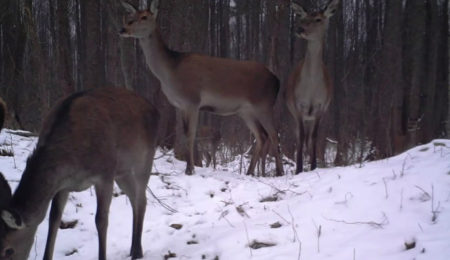
Almost 32 years ago, on the night of 25-26 April, the employees at Chernobyl Nuclear Power Plant were conducting a safety test by simulating a power failure with the safety systems off. A design flaw in the reactor and non-compliance with the test checklist caused a steam explosion. The consequent fire spewed radioactive material out of the updrafts which lasted for nine days. The Soviet officials enacted an exclusion zone of 30 kilometers around Chernobyl resulting in the permanent evacuation of 350,000 people. The exclusion zone became a wildlife sanctuary with little human interference where plants and animals thrive despite the radiation. To observe the wildlife of Chernobyl, researchers have set up trap cameras at some sites and here are some photographs of what they’ve captured.
1 In September 1990, during the First International Conference on the Biological and Radiological Aspects of the Chernobyl Accident, the Soviet scientists reported that the in the 10-kilometer exclusion zone, the fallout was as high as 4.81 gigabecquerel per square meter.Image Source: TREE 2 The dense cloud of radioactive dust killed the pine trees in a large area. The dead trees had a rusty orange color giving the place the nickname “The Red Forest†of what was previously known as Wormwood Forest.
Image Source: TREE 3 The highly radiated Red Forest, almost four square kilometers, was bulldozed to reduce the hazards during post-disaster cleanup and buried underground.
Image Source: TREE 4 Partial albinism, external malformations in swallows, and mutations in insects were observed in the exclusion zone. A study of 48 different species of birds showed that their brains are smaller compared to the birds in cleaner areas.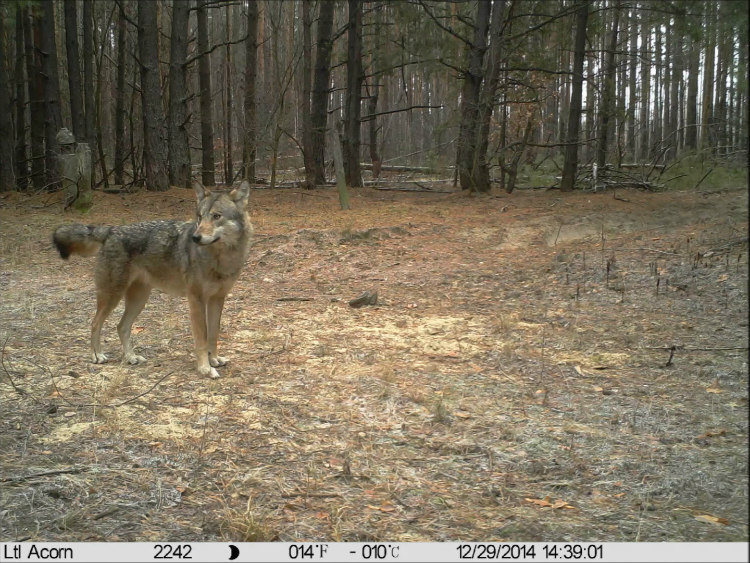
Image Source: TREE 5 However, in recent years, there have been reports suggesting that the wildlife has been flourishing. Birds were seen flying in and out of the Chernobyl facility itself.
Image Source: TREE 6 Interestingly, though the sampled barn swallows showed more signs of physical deformities than those in clean areas, the abnormal ones mated less frequently. This resulted in the percentage of deformed swallows to decrease over time.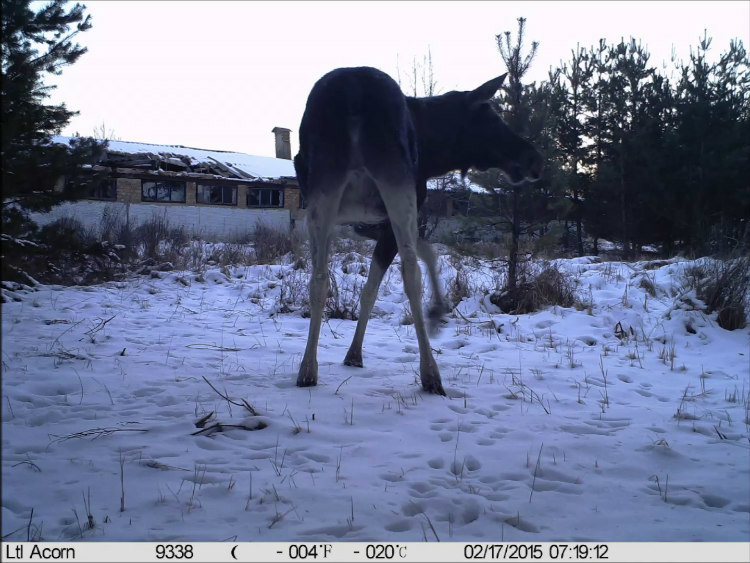
Image Source: TREE 7 It demonstrated that the selective pressure against abnormalities among the wildlife in Chernobyl is much faster than the effects of the radiation.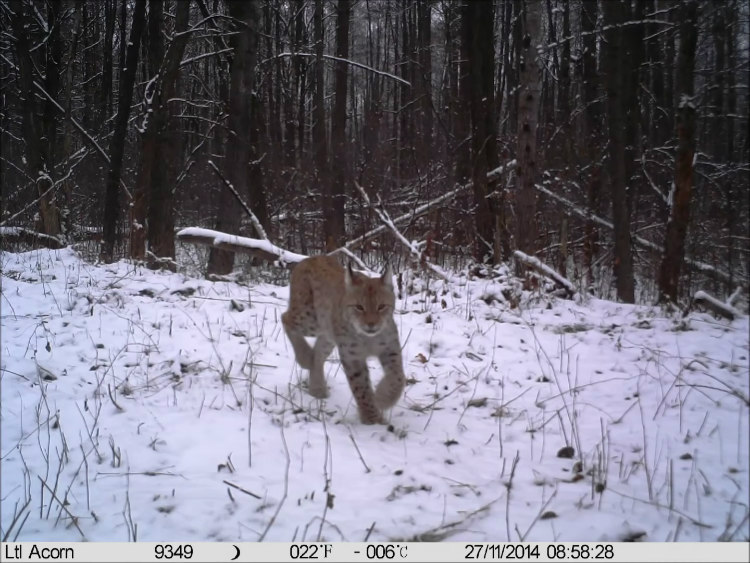
Image Source: TREE 8 This meant that the fauna is thriving despite the radiation which, according to a 2005 UN report, is 10 to 100 times higher than normal background radiation.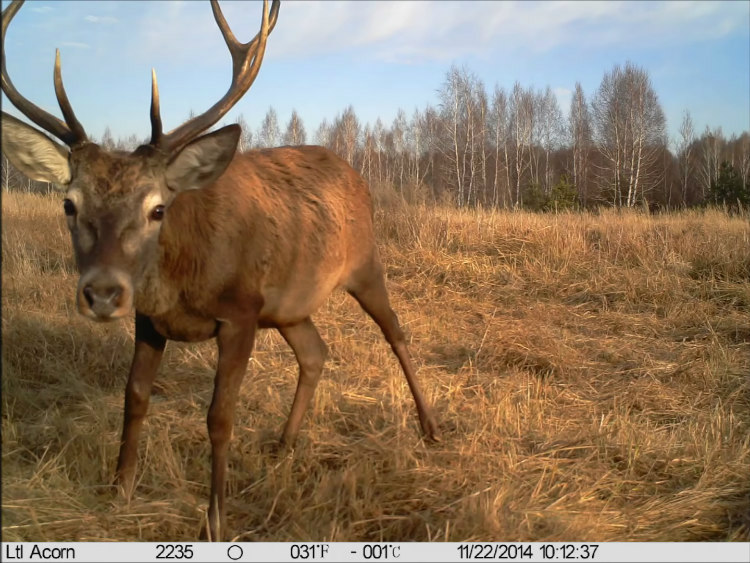
Image Source: TREE 9 Between 1986 and 1988, the population of wild boar has multiplied eightfold.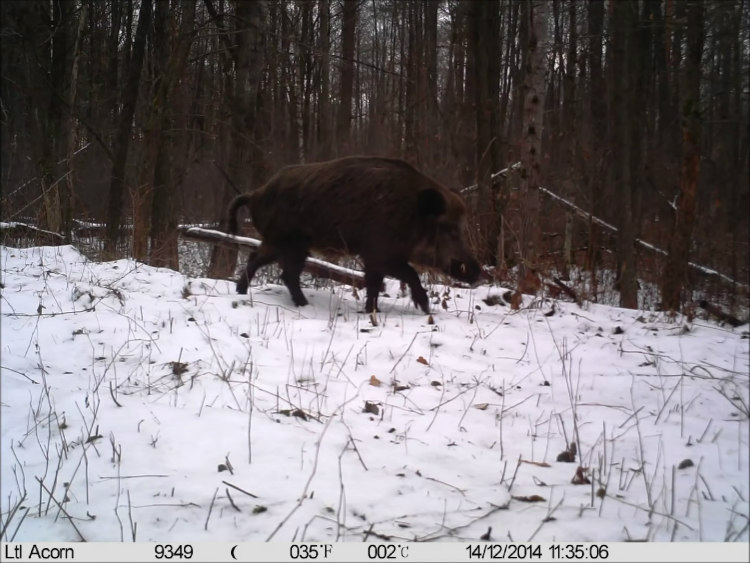
Image Source: TREE 10 Animals and birds such as storks, wolves, beavers, eagles, and deer were reported to have been spotted in the area.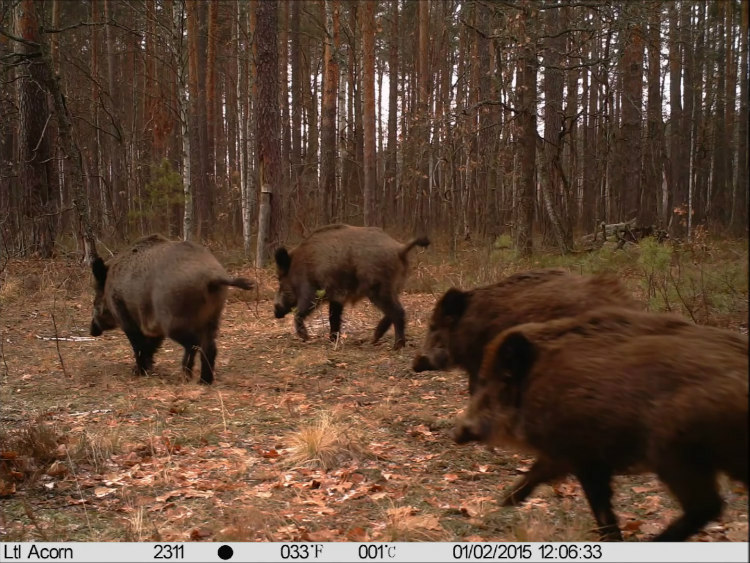
Image Source: TREE 11 Rare species that were not seen for centuries, like Eurasian lynx, wolf, brown bear, eagle owls and bison, wild boar, and Przewalski’s horse have returned to the place.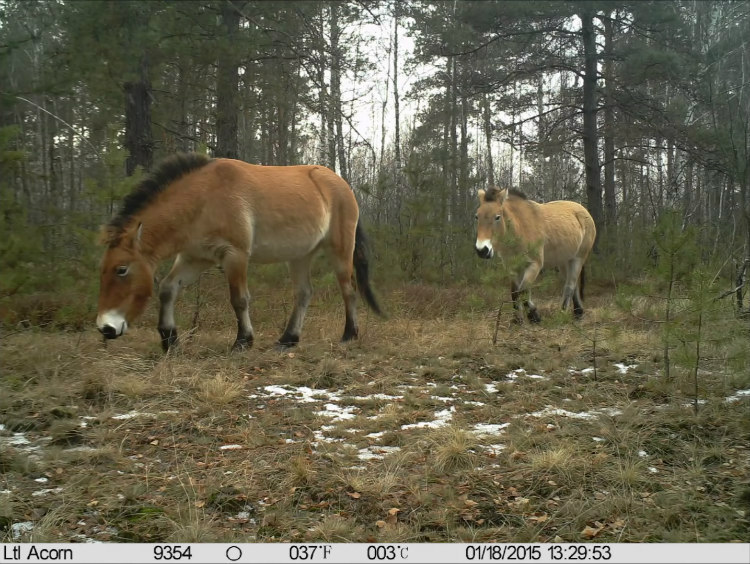
Image Source: TREE 12 According to biologist Robert J. Baker of Texas Tech University, many of the rodents he studied since the early 1990s at Chernobyl have displayed a high tolerance for radiation.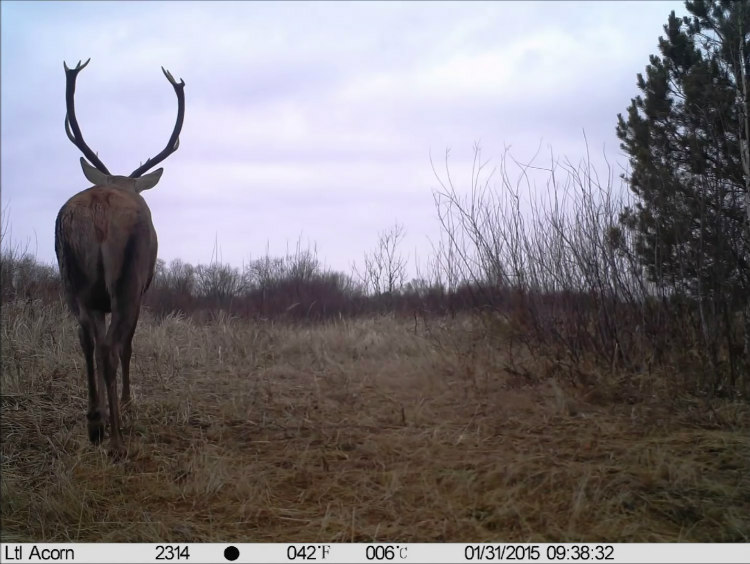
Image Source: TREE 13 While some studies report that Chernobyl has become a wildlife haven, some suggest that the biodiversity in the area is declining.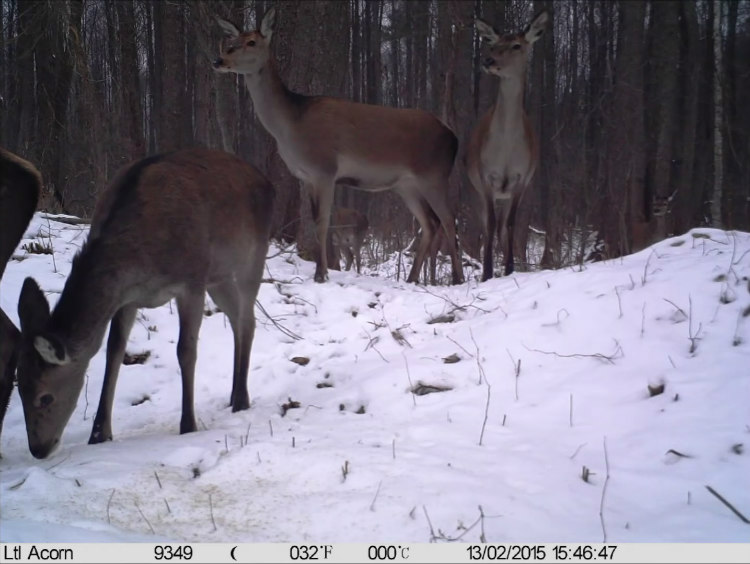
Image Source: TREE 14 Several research groups have suggested that plants in the area are adapting through increased DNA cellular repair and hypermethylation to cope with the increased levels of radiation.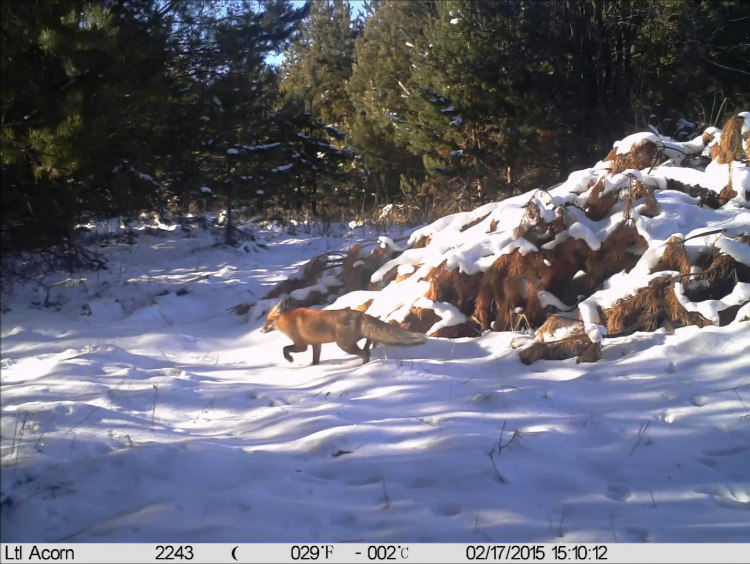
Image Source: TREE 15 However, there are concerns over the contamination of soil by strontium-90 and cesium-137 which have a half-life of 30 years and are absorbed by the plants and in turn by insects.
Image Source: TREE 16 The long-term effects of radiation in Chernobyl are also currently unknown since plants and animals have different tolerance to radiation.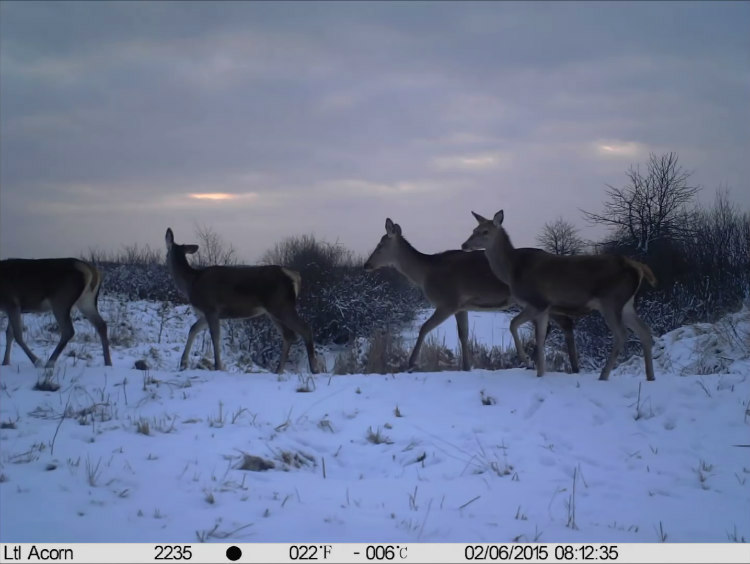
Image Source: TREE 17 In 2007, the Ukrainian government has declared the exclusion zone a wildlife sanctuary making it Europe’s largest with an area of 488.7 square kilometers.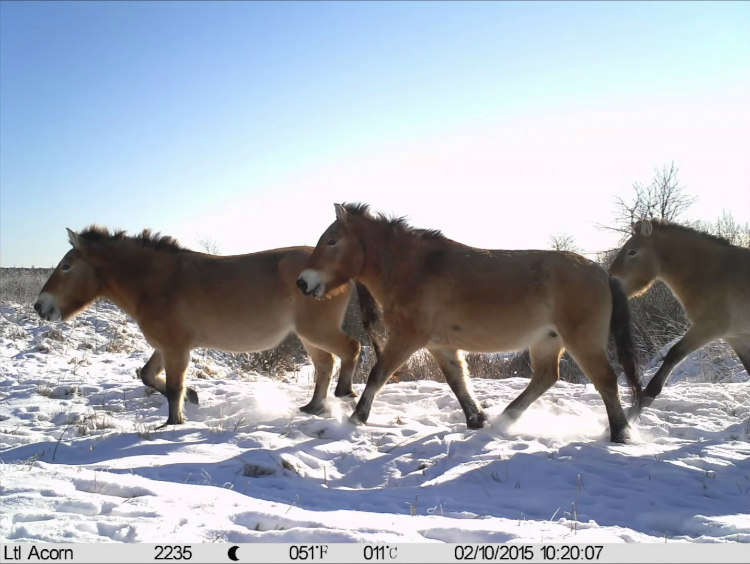
Image Source: TREE 18 The flourishing nature due to the significant reduction of human impact has created what is known as an “involuntary park,” a place which is abandoned by humans and becomes a refuge for animal species that are otherwise threatened.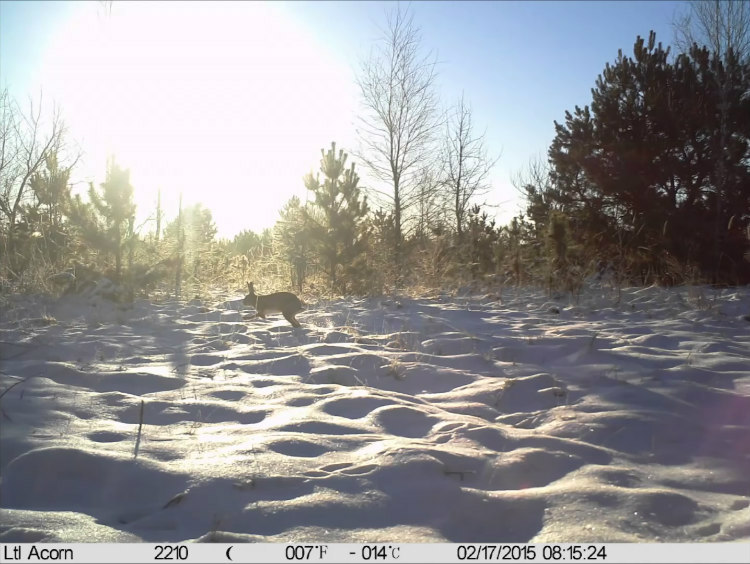
Image Source: TREE Here’s footage from one of the trap cameras in Chernobyl taken in April 2015.Â

3 The highly radiated Red Forest, almost four square kilometers, was bulldozed to reduce the hazards during post-disaster cleanup and buried underground.
Image Source: TREE 4 Partial albinism, external malformations in swallows, and mutations in insects were observed in the exclusion zone. A study of 48 different species of birds showed that their brains are smaller compared to the birds in cleaner areas.
Image Source: TREE 5 However, in recent years, there have been reports suggesting that the wildlife has been flourishing. Birds were seen flying in and out of the Chernobyl facility itself.
Image Source: TREE 6 Interestingly, though the sampled barn swallows showed more signs of physical deformities than those in clean areas, the abnormal ones mated less frequently. This resulted in the percentage of deformed swallows to decrease over time.
Image Source: TREE 7 It demonstrated that the selective pressure against abnormalities among the wildlife in Chernobyl is much faster than the effects of the radiation.
Image Source: TREE 8 This meant that the fauna is thriving despite the radiation which, according to a 2005 UN report, is 10 to 100 times higher than normal background radiation.
Image Source: TREE 9 Between 1986 and 1988, the population of wild boar has multiplied eightfold.
Image Source: TREE 10 Animals and birds such as storks, wolves, beavers, eagles, and deer were reported to have been spotted in the area.
Image Source: TREE 11 Rare species that were not seen for centuries, like Eurasian lynx, wolf, brown bear, eagle owls and bison, wild boar, and Przewalski’s horse have returned to the place.
Image Source: TREE 12 According to biologist Robert J. Baker of Texas Tech University, many of the rodents he studied since the early 1990s at Chernobyl have displayed a high tolerance for radiation.
Image Source: TREE 13 While some studies report that Chernobyl has become a wildlife haven, some suggest that the biodiversity in the area is declining.
Image Source: TREE 14 Several research groups have suggested that plants in the area are adapting through increased DNA cellular repair and hypermethylation to cope with the increased levels of radiation.
Image Source: TREE 15 However, there are concerns over the contamination of soil by strontium-90 and cesium-137 which have a half-life of 30 years and are absorbed by the plants and in turn by insects.
Image Source: TREE 16 The long-term effects of radiation in Chernobyl are also currently unknown since plants and animals have different tolerance to radiation.
Image Source: TREE 17 In 2007, the Ukrainian government has declared the exclusion zone a wildlife sanctuary making it Europe’s largest with an area of 488.7 square kilometers.
Image Source: TREE 18 The flourishing nature due to the significant reduction of human impact has created what is known as an “involuntary park,” a place which is abandoned by humans and becomes a refuge for animal species that are otherwise threatened.
Image Source: TREE Here’s footage from one of the trap cameras in Chernobyl taken in April 2015.Â


5 However, in recent years, there have been reports suggesting that the wildlife has been flourishing. Birds were seen flying in and out of the Chernobyl facility itself.
Image Source: TREE 6 Interestingly, though the sampled barn swallows showed more signs of physical deformities than those in clean areas, the abnormal ones mated less frequently. This resulted in the percentage of deformed swallows to decrease over time.
Image Source: TREE 7 It demonstrated that the selective pressure against abnormalities among the wildlife in Chernobyl is much faster than the effects of the radiation.
Image Source: TREE 8 This meant that the fauna is thriving despite the radiation which, according to a 2005 UN report, is 10 to 100 times higher than normal background radiation.
Image Source: TREE 9 Between 1986 and 1988, the population of wild boar has multiplied eightfold.
Image Source: TREE 10 Animals and birds such as storks, wolves, beavers, eagles, and deer were reported to have been spotted in the area.
Image Source: TREE 11 Rare species that were not seen for centuries, like Eurasian lynx, wolf, brown bear, eagle owls and bison, wild boar, and Przewalski’s horse have returned to the place.
Image Source: TREE 12 According to biologist Robert J. Baker of Texas Tech University, many of the rodents he studied since the early 1990s at Chernobyl have displayed a high tolerance for radiation.
Image Source: TREE 13 While some studies report that Chernobyl has become a wildlife haven, some suggest that the biodiversity in the area is declining.
Image Source: TREE 14 Several research groups have suggested that plants in the area are adapting through increased DNA cellular repair and hypermethylation to cope with the increased levels of radiation.
Image Source: TREE 15 However, there are concerns over the contamination of soil by strontium-90 and cesium-137 which have a half-life of 30 years and are absorbed by the plants and in turn by insects.
Image Source: TREE 16 The long-term effects of radiation in Chernobyl are also currently unknown since plants and animals have different tolerance to radiation.
Image Source: TREE 17 In 2007, the Ukrainian government has declared the exclusion zone a wildlife sanctuary making it Europe’s largest with an area of 488.7 square kilometers.
Image Source: TREE 18 The flourishing nature due to the significant reduction of human impact has created what is known as an “involuntary park,” a place which is abandoned by humans and becomes a refuge for animal species that are otherwise threatened.
Image Source: TREE Here’s footage from one of the trap cameras in Chernobyl taken in April 2015.Â


7 It demonstrated that the selective pressure against abnormalities among the wildlife in Chernobyl is much faster than the effects of the radiation.
Image Source: TREE 8 This meant that the fauna is thriving despite the radiation which, according to a 2005 UN report, is 10 to 100 times higher than normal background radiation.
Image Source: TREE 9 Between 1986 and 1988, the population of wild boar has multiplied eightfold.
Image Source: TREE 10 Animals and birds such as storks, wolves, beavers, eagles, and deer were reported to have been spotted in the area.
Image Source: TREE 11 Rare species that were not seen for centuries, like Eurasian lynx, wolf, brown bear, eagle owls and bison, wild boar, and Przewalski’s horse have returned to the place.
Image Source: TREE 12 According to biologist Robert J. Baker of Texas Tech University, many of the rodents he studied since the early 1990s at Chernobyl have displayed a high tolerance for radiation.
Image Source: TREE 13 While some studies report that Chernobyl has become a wildlife haven, some suggest that the biodiversity in the area is declining.
Image Source: TREE 14 Several research groups have suggested that plants in the area are adapting through increased DNA cellular repair and hypermethylation to cope with the increased levels of radiation.
Image Source: TREE 15 However, there are concerns over the contamination of soil by strontium-90 and cesium-137 which have a half-life of 30 years and are absorbed by the plants and in turn by insects.
Image Source: TREE 16 The long-term effects of radiation in Chernobyl are also currently unknown since plants and animals have different tolerance to radiation.
Image Source: TREE 17 In 2007, the Ukrainian government has declared the exclusion zone a wildlife sanctuary making it Europe’s largest with an area of 488.7 square kilometers.
Image Source: TREE 18 The flourishing nature due to the significant reduction of human impact has created what is known as an “involuntary park,” a place which is abandoned by humans and becomes a refuge for animal species that are otherwise threatened.
Image Source: TREE Here’s footage from one of the trap cameras in Chernobyl taken in April 2015.Â


9 Between 1986 and 1988, the population of wild boar has multiplied eightfold.
Image Source: TREE 10 Animals and birds such as storks, wolves, beavers, eagles, and deer were reported to have been spotted in the area.
Image Source: TREE 11 Rare species that were not seen for centuries, like Eurasian lynx, wolf, brown bear, eagle owls and bison, wild boar, and Przewalski’s horse have returned to the place.
Image Source: TREE 12 According to biologist Robert J. Baker of Texas Tech University, many of the rodents he studied since the early 1990s at Chernobyl have displayed a high tolerance for radiation.
Image Source: TREE 13 While some studies report that Chernobyl has become a wildlife haven, some suggest that the biodiversity in the area is declining.
Image Source: TREE 14 Several research groups have suggested that plants in the area are adapting through increased DNA cellular repair and hypermethylation to cope with the increased levels of radiation.
Image Source: TREE 15 However, there are concerns over the contamination of soil by strontium-90 and cesium-137 which have a half-life of 30 years and are absorbed by the plants and in turn by insects.
Image Source: TREE 16 The long-term effects of radiation in Chernobyl are also currently unknown since plants and animals have different tolerance to radiation.
Image Source: TREE 17 In 2007, the Ukrainian government has declared the exclusion zone a wildlife sanctuary making it Europe’s largest with an area of 488.7 square kilometers.
Image Source: TREE 18 The flourishing nature due to the significant reduction of human impact has created what is known as an “involuntary park,” a place which is abandoned by humans and becomes a refuge for animal species that are otherwise threatened.
Image Source: TREE Here’s footage from one of the trap cameras in Chernobyl taken in April 2015.Â


11 Rare species that were not seen for centuries, like Eurasian lynx, wolf, brown bear, eagle owls and bison, wild boar, and Przewalski’s horse have returned to the place.
Image Source: TREE 12 According to biologist Robert J. Baker of Texas Tech University, many of the rodents he studied since the early 1990s at Chernobyl have displayed a high tolerance for radiation.
Image Source: TREE 13 While some studies report that Chernobyl has become a wildlife haven, some suggest that the biodiversity in the area is declining.
Image Source: TREE 14 Several research groups have suggested that plants in the area are adapting through increased DNA cellular repair and hypermethylation to cope with the increased levels of radiation.
Image Source: TREE 15 However, there are concerns over the contamination of soil by strontium-90 and cesium-137 which have a half-life of 30 years and are absorbed by the plants and in turn by insects.
Image Source: TREE 16 The long-term effects of radiation in Chernobyl are also currently unknown since plants and animals have different tolerance to radiation.
Image Source: TREE 17 In 2007, the Ukrainian government has declared the exclusion zone a wildlife sanctuary making it Europe’s largest with an area of 488.7 square kilometers.
Image Source: TREE 18 The flourishing nature due to the significant reduction of human impact has created what is known as an “involuntary park,” a place which is abandoned by humans and becomes a refuge for animal species that are otherwise threatened.
Image Source: TREE Here’s footage from one of the trap cameras in Chernobyl taken in April 2015.Â


13 While some studies report that Chernobyl has become a wildlife haven, some suggest that the biodiversity in the area is declining.
Image Source: TREE 14 Several research groups have suggested that plants in the area are adapting through increased DNA cellular repair and hypermethylation to cope with the increased levels of radiation.
Image Source: TREE 15 However, there are concerns over the contamination of soil by strontium-90 and cesium-137 which have a half-life of 30 years and are absorbed by the plants and in turn by insects.
Image Source: TREE 16 The long-term effects of radiation in Chernobyl are also currently unknown since plants and animals have different tolerance to radiation.
Image Source: TREE 17 In 2007, the Ukrainian government has declared the exclusion zone a wildlife sanctuary making it Europe’s largest with an area of 488.7 square kilometers.
Image Source: TREE 18 The flourishing nature due to the significant reduction of human impact has created what is known as an “involuntary park,” a place which is abandoned by humans and becomes a refuge for animal species that are otherwise threatened.
Image Source: TREE Here’s footage from one of the trap cameras in Chernobyl taken in April 2015.Â


15 However, there are concerns over the contamination of soil by strontium-90 and cesium-137 which have a half-life of 30 years and are absorbed by the plants and in turn by insects.
Image Source: TREE 16 The long-term effects of radiation in Chernobyl are also currently unknown since plants and animals have different tolerance to radiation.
Image Source: TREE 17 In 2007, the Ukrainian government has declared the exclusion zone a wildlife sanctuary making it Europe’s largest with an area of 488.7 square kilometers.
Image Source: TREE 18 The flourishing nature due to the significant reduction of human impact has created what is known as an “involuntary park,” a place which is abandoned by humans and becomes a refuge for animal species that are otherwise threatened.
Image Source: TREE Here’s footage from one of the trap cameras in Chernobyl taken in April 2015.Â


17 In 2007, the Ukrainian government has declared the exclusion zone a wildlife sanctuary making it Europe’s largest with an area of 488.7 square kilometers.
Image Source: TREE 18 The flourishing nature due to the significant reduction of human impact has created what is known as an “involuntary park,” a place which is abandoned by humans and becomes a refuge for animal species that are otherwise threatened.
Image Source: TREE Here’s footage from one of the trap cameras in Chernobyl taken in April 2015.Â


Here’s footage from one of the trap cameras in Chernobyl taken in April 2015.Â














